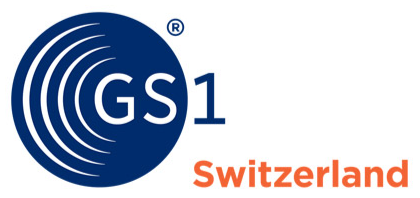Circular economy in construction
The consumption of resources for construction has risen continuously in recent years. Circular economy is the keyword in the construction and real estate industry as well. The product passport based on GS1 standards is a central element for the circular economy.
According to the Federal Office for the Environment (FOEN), around 80 to 90 million tonnes of waste are produced in Switzerland every year. The largest share is made up of excavated and spoil materials as well as deconstruction materials. In order to reduce the high consumption of primary raw materials, the federal government wants to take into account all material and substance flows along the value chain - from the extraction of raw materials to product design and waste management.
The EU is pursuing a similar concern within the framework of the "EU Green Deal". Within the European Union, the construction industry, with its approximately 25 million employees, is of major importance. At the same time, buildings account for about 50 per cent of resource extraction and consumption and more than 30 per cent of annual waste generation in the EU. In addition, buildings are responsible for 40 percent of energy consumption and 36 percent of energy-related greenhouse gas emissions.
The revision of the European Construction Products Regulations will modernise and adapt existing regulations with a view to the European Green Deal. The aim is to ensure that the design and manufacture of construction products are based on the latest technology to make them more durable and thus easier to repair, recycle or remanufacture.
The revised regulations will reduce the administrative burden for all stakeholders by introducing and disseminating digital solutions. At the centre is a database for construction products and the digital product passport, which improves the traceability of a product throughout its life cycle and supplements the information online as well as in product manuals or on labels.
Based on structured and standardised data, the product passport creates the required transparency. This requires a common language. The key here lies above all in the clear identification and recording of the individual parts, components, products and their manufacturers. The use of GS1 standards allows tracking and tracing across the entire value chain. For this purpose, unique data carriers from GS1 are available worldwide.
The following identification keys are frequently used in the construction and real estate industry:
GTIN for building materials and finished components of a product type but also for entire buildings.
SGTIN for each individual part and component of a product type (= serialisation at instance level). Usually assigned by the manufacturer.
GLN for e.g. construction sites, production facilities, warehouses, landfills.
GRAI for returnable containers, e.g. mesh boxes, containers or Euro pallets.
GMN to identify a product model or family based on attributes common to the model or family.
SSCC in logistics for e.g. cartons or pallets.








